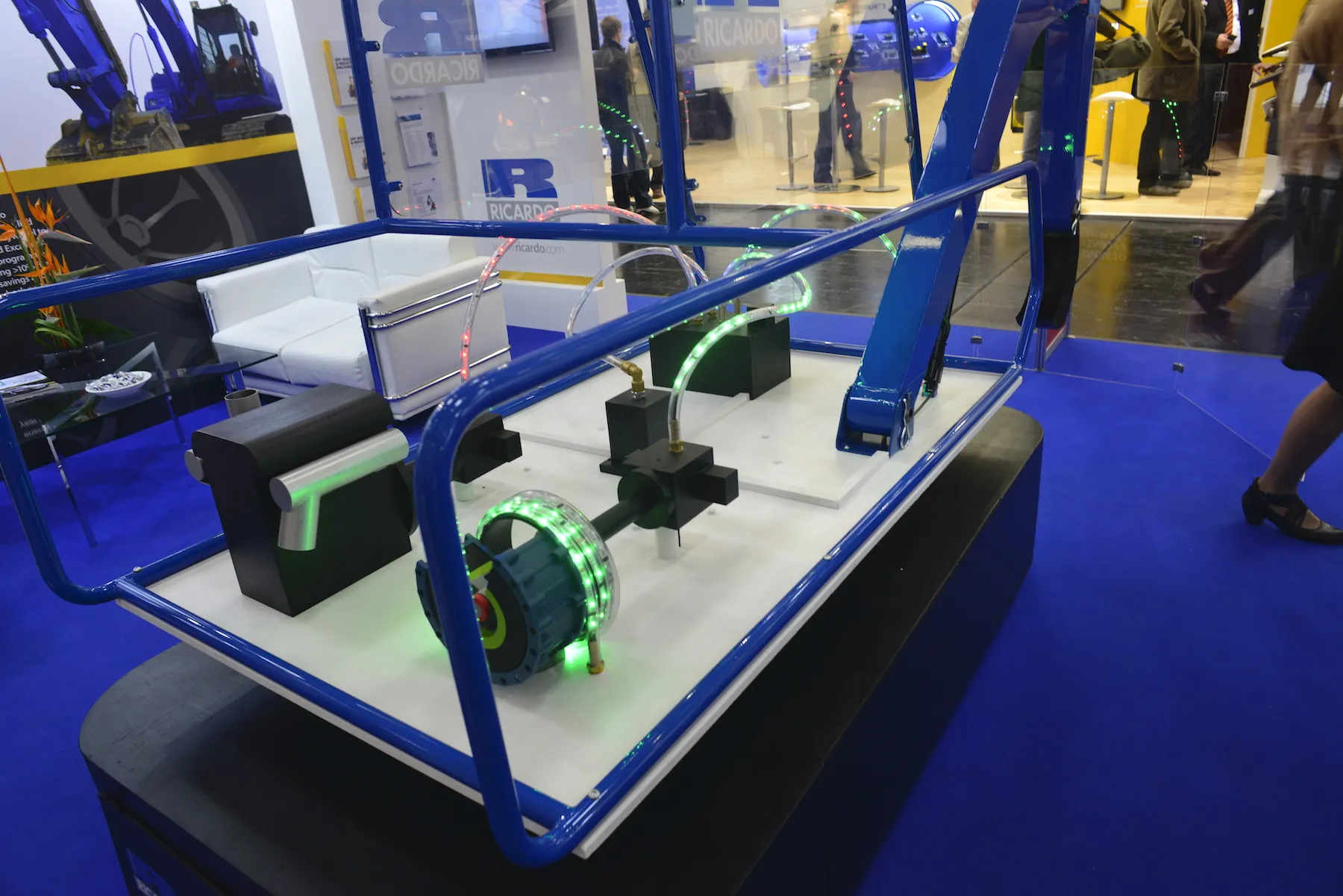Caterpillar’s new 390F hydraulic excavator uses a C18 Cat ACERT engine to meet the tough new Tier 4/Stage IV emissions regulations. The 92tonne 390F burns 7% less fuel at the same time as delivering more productivity than its 390D predecessor. Fuel-saving features include standard or economy power modes, to allow the operator to match operating speed to application.
January 6, 2017
Read time: 2 mins

The 92tonne 390F burns 7% less fuel at the same time as delivering more productivity than its 390D predecessor.
Fuel-saving features include standard or economy power modes, to allow the operator to match operating speed to application.
New for all F Series hydraulic excavator models is the CAT Adaptive Control System (ACS) valve, which electronically manages flows and restrictions to exactly match hydraulic response to joystick movement. This fuel-saving feature, said CAT, adds to overall hydraulic efficiency.
The 390F model can be equipped with auxiliary hydraulic circuits, allowing the use of powered work tools that can be easily attached with a hydraulically activated coupler. Furthermore, the 390F is available with a range of booms and sticks fabricated with premium steel plate using high-strength castings and forgings in high-stress areas.
An increased glass area in all F Series model cabs improves visibility for the operator. The cab’s new monitor offers a larger screen with higher resolution and with more intuitive navigation.
The 390F and its fellow F Series machines offer greatly improved serviceability compared to predecessor models, said CAT. Routine maintenance points like grease fittings, fuel and oil filters, and fluid taps are conveniently grouped and safely reached behind wide service doors from wide, slip-resistant catwalks. A fuel tank drain cock also simplifies evacuating water and sediment to protect the fuel system, and an integrated fuel level indicator reduces the prospect of overfilling.
Other new F series hydraulic excavator models on show at Conexpo 2014 are the 323F, the 335F and the 336F Hybrid.
%$Linker:








